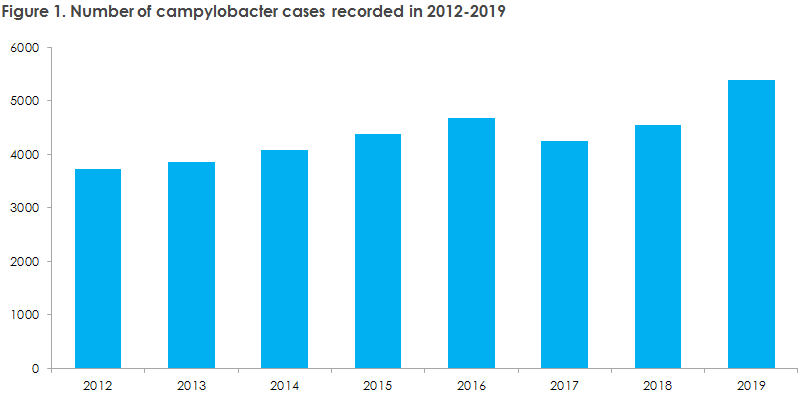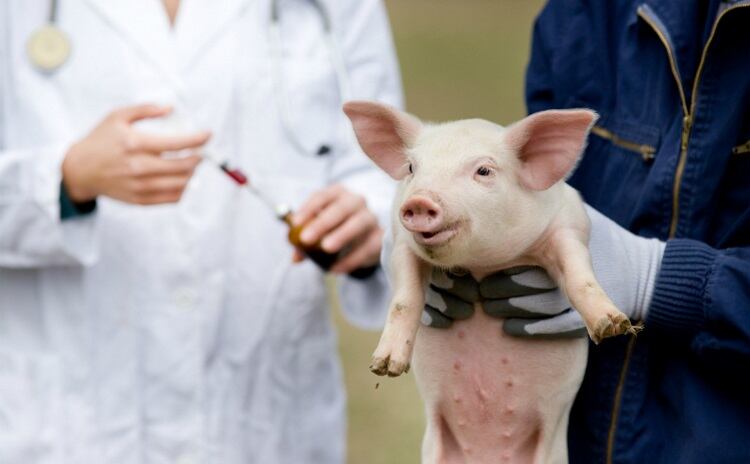The report, published by the Danish disease control and research institute Statens Serum Institut, revealed that more than 5,300 patients were diagnosed in 2019. This number is higher than ever before, with the number of Campylobacter infections generally following an increasing trend since 2012.

The study highlighted that there were various small and one unusually large outbreak during the year. These outbreaks were mainly due to chicken meat produced in Denmark.
“Previously, it was assumed that Campylobacter only very rarely causes disease outbreaks. But our results demonstrate that many Campylobacter outbreaks occur in the Danish population – and that these outbreaks are predominantly caused by foods,” said section head Eva Møller Nielsen, who spearheads the SSI’s activities to perform genome sequencing of Campylobacter.
Climate change
The report went on to state that Campylobacter is not exclusively transmitted through food.
The bacterium is also transmitted from the exterior environment through contact to dirt, water, sand and animals. This was, among others, evident from another study in which information about where and when patients had fallen ill was compared with weather data. This was done for a number of years for Denmark and the other Scandinavian countries. Among others, the results demonstrated that more people fell ill in the wake of periods with heavy rain. This means that more patients may be expected in years to come if climate changes, as has been forecast, will bring more rain and more periods with heavy rain.
“It seems that climate changes will mean that the high season for infection with Campylobacter may extend beyond the summer months, and in general that more people will be affected by the infections in years to come than is currently the case. Analyses like these may prepare us for the consequences of climate changes in terms of the future number of gastrointestinal infections,” added senior researcher Katrin Kuhn from the SSI, who has analysed Nordic climate data and infection data.




